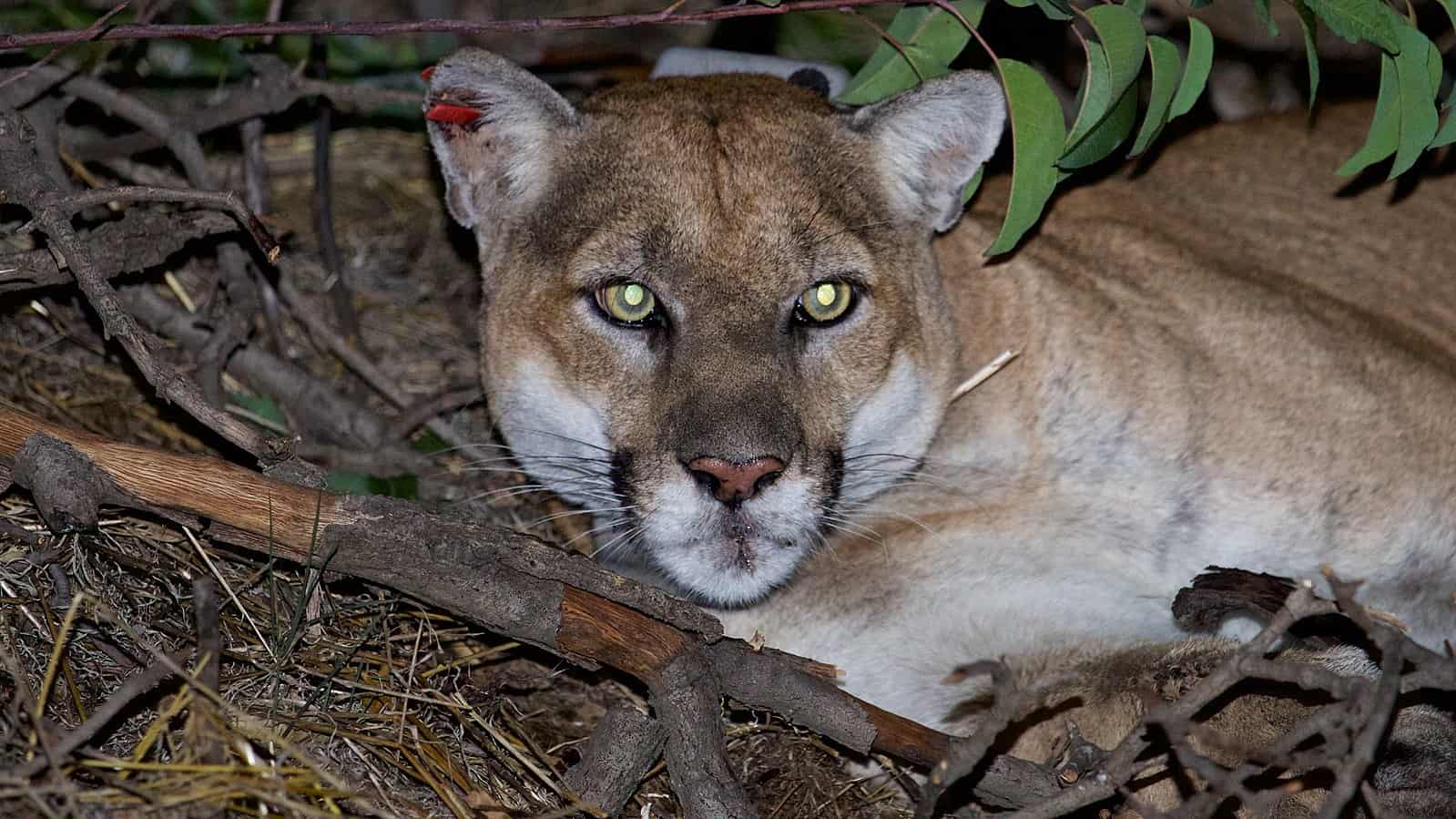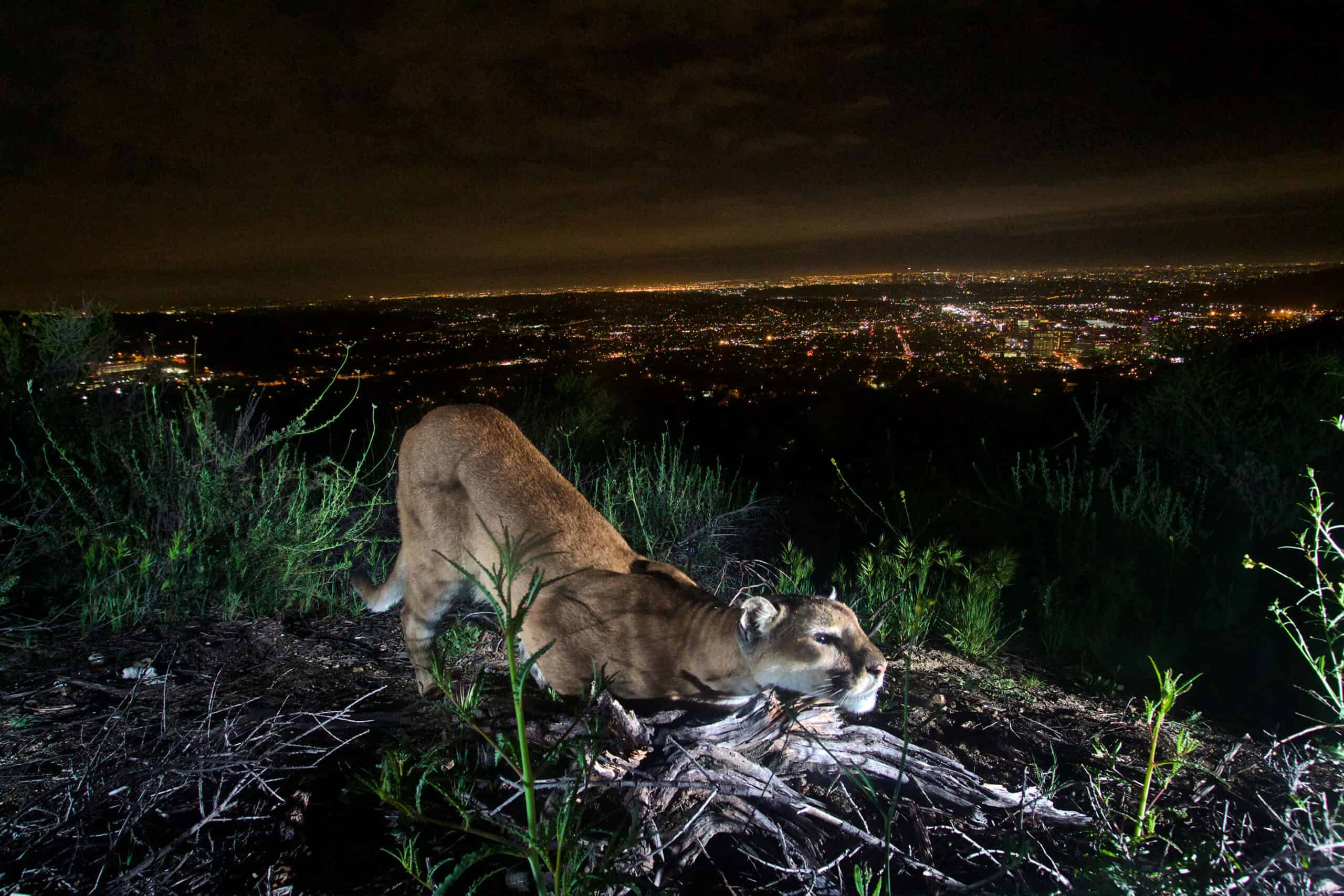Share this article
Wildlife Featured in this article
- mountain lion
- spotted hyena
What’s in a name?
Could naming animals boost public support for conservation?
Biologists tend to be resistant to naming the animals they research. But giving them names can have benefits, argues TWS member Christine Wilkinson, a researcher at the University of California, Berkeley. In some cases, she writes, it can even “change the course of conservation.”
“Beyond the practical value of naming individual study animals, narratives around animal names have the power to engage the public with conservation initiatives,” Wilkinson wrote in Nature Ecology & Evolution.
She uses the example of the much-publicized mountain lion (Puma concolor) tracked around Los Angeles dubbed P-22. It wasn’t much of a name, but even that identification helped the public connect with it, fueling a social media campaign and building support for a massive wildlife crossing to benefit a variety of wildlife. “Without P-22 as a named ‘poster puma,’” she wrote, “this project may not have gained enough traction for success.”
Even in her work in Kenya among hyenas—not a very popular species—Wilkinson found people connecting with a spotted hyena (Crocuta crocuta) nicknamed “Smiley.”
“The power of stories should not be underestimated,” she wrote. “Narratives and human values—and not only science—are what dictate most conservation attitudes, actions and policies.”
Header Image: The mountain lion known as P-22 was closely followed in Los Angeles by both scientists and the public. Credit: National Park Service








